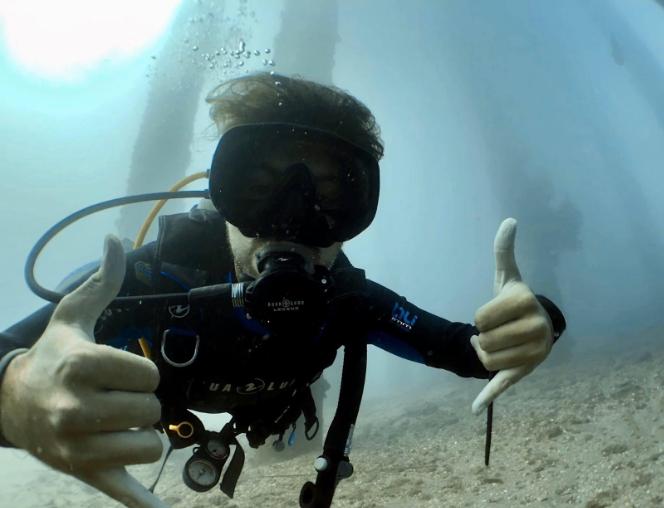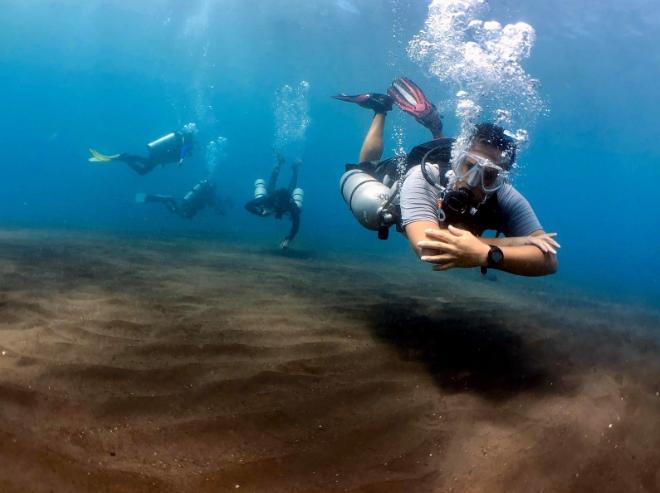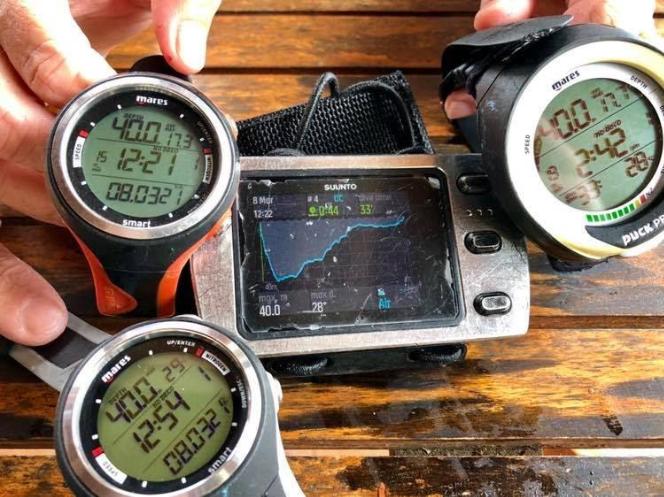PADI IDC Dive Theory: Circulation and Respiration
Everyone’s favourite part of the PADI IDC is the dive theory exams. Here’s some information regarding the circulatory and respiratory systems to help prepare for the physiology exam:
Blood circulates through the body and different tissues in the body take oxygen from the blood and release CO2 back into it via the capillaries – the smallest of the body’s blood vessels. The heart has four chambers that work together in sequence, pushing blood from veins through the arteries. Blood returns through the heart to the lungs where CO2 is off-gassed and O2 absorbed, the blood returns to the heart once more and the cycle continues. This process in its entirety is called oxidative metabolism.
The blood is comprised of a clear fluid called plasma, red blood cells (that make up its distinctive colour), infection-fighting white blood cells, and platelets that assist in clotting when necessary. Oxygen bonds to haemoglobin in the red blood cells (also known as erythrocytes), while CO2 is dissolved as bicarbonate and carried away in the plasma.
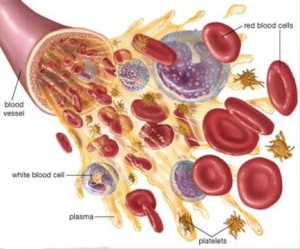
The oxygenation process that takes place in the lungs is important, due to some characteristics of our respiratory system that apply directly to scuba diving and snorkelling. When breathing, we tend to breathe fully or partially through our nostrils, so the air is filtered and moisturised before it passes down the trachea into the lungs. When we breathe through a snorkel or scuba regulator, we breathe entirely through our mouth, and relatively dry air enters the trachea, bronchi and lungs, increasing the rate of dehydration.
In the lungs, oxygen/CO2 exchange takes place in alveoli, small sacs in the lungs surrounded by pulmonary capillaries. Oxygen-rich air is of no use in the nose, mouth, or nasal passages, so these spaces are called ‘dead air spaces’, where gas cannot be exchanged. Air passes through these dead spaces as we breathe, but when we exhale, for example, the CO2-saturated air must push out ALL of the “dead” air before it starts to be exhausted. When we inhale, the first air to reach the lungs is the CO2-saturated air that is still sitting in the bronchi and trachea. All of the old air that is sitting in the dead spaces must be inhaled before any fresh, O2-rich air reaches the alveoli. Adding a snorkel or regulator that increases the distance old air must travel to be exhausted. This means that we must breathe deeper with every breath to get the same amount of fresh air, effectively lowering the efficiency of our respiratory system. We need to breathe deeply and slowly to give our lungs time to exchange the gases.
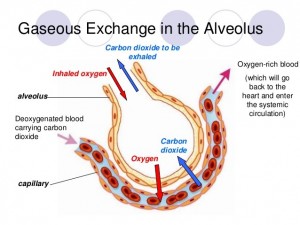
One last consideration regarding our respiration and scuba/snorkelling is decompression illness (decompression sickness and lung over-expansion injuries). Our PADI IDC programme covers all of these subjects as part of becoming a PAD Open Water SCUBA Instructor. More on this in a later blog!

